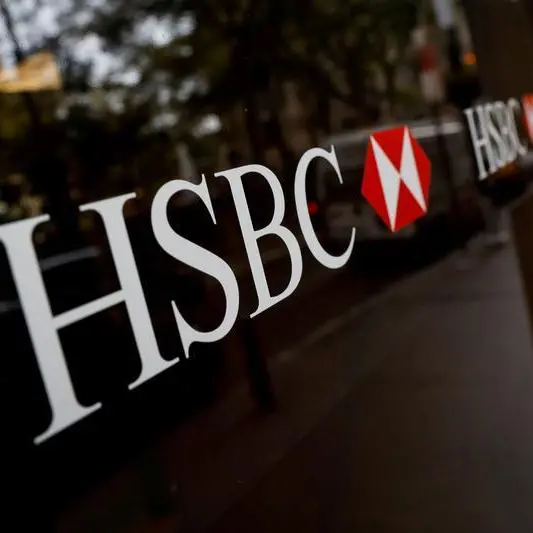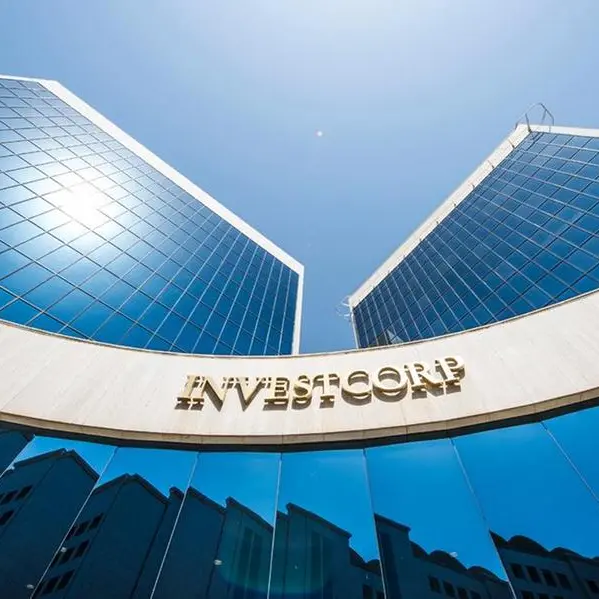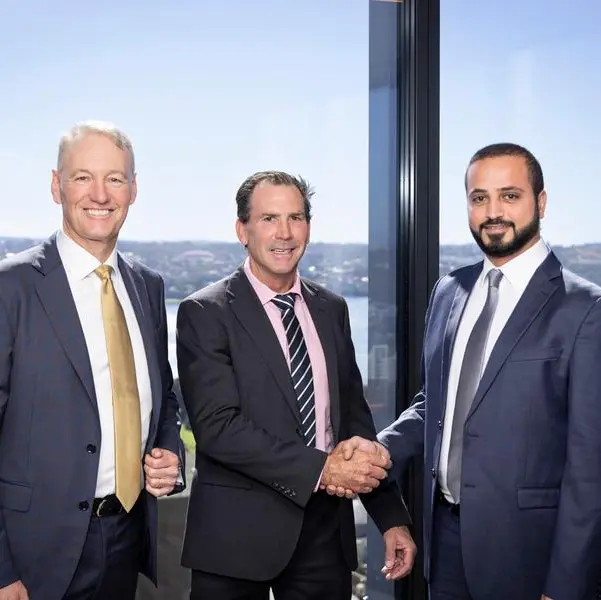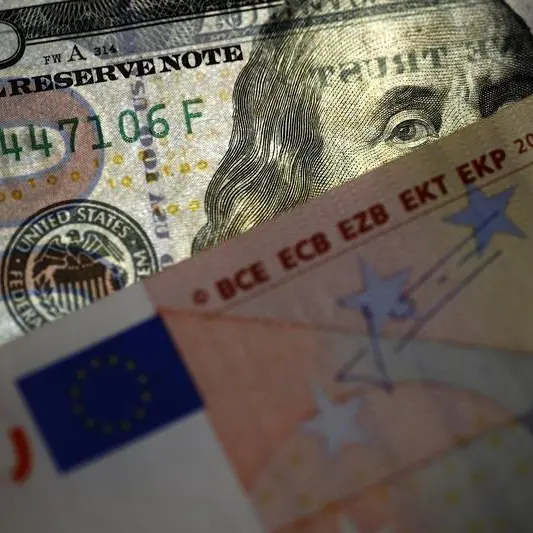It’s been nearly 4 years since the adoption of the 2030 Agenda for Sustainable Development which aims to end poverty in all its forms by setting 17 Sustainable Development Goals (SDGs). These goals aim to remedy social, economic, and environmental concerns, and are all interconnected. In September, all the heads of State will assemble at the UN General Assembly high-level general debate. However, since member states are beginning to understand the importance of engaging all stakeholders, contrary to public perception, these high-level meetings will include stakeholders from civil society, as well as, the private and education sectors.
A Case for Cross Sectoral Collaboration
The 2030 Agenda is an ambitious one that requires an elevated and cohesive partnership, as well as, cross sectoral collaboration. CEOs and business leaders from the private sector have an opportunity to showcase innovative solutions which may include technological advancements while expressing their commitment toward addressing the needs of both the people and the planet.
Earlier this year the Secretary General of the UN announced the creation of the Global Investors for Sustainable Development Alliance. This alliance will consist of 25-30 CEOs of large, global corporations to provide more progressive solutions to propel progress towards sustainable development as well as mobilize investment for more sustainable development outcomes.
This idea is said to be modelled after the Swedish Investors for Sustainable Development. According to the SDG Index, Sweden ranks number 1 in the SDG Global rank according to overall performance. They serve as an example for how 18 Swedish financial participants, including pension fund managers, asset managers, wealth managers, investment and insurance companies work together to invest in the 2030 Agenda for Sustainable Development.
Questions We Need to Consider
Could there be a correlation between Sweden’s high ranking in the SDGs and the collaborative partnership between the public and private sectors? Is sharing the responsibility for progress towards the SDGs part of the solution we need to be striving for?
What can countries in the MENA region learn from this model to support development in that part of the world? Can this kind of partnership be used as a viable solution toward raising the standard of living for its people by reducing the gender gap and unemployment? Can we fight desertification and drought? Can we stop wars, boost economic diversification, and address a host of other concerns?
The Role of High-Level Summits
In September there will be several high-level summits to accelerate action towards achieving the SDGs. The Climate Summit will follow up on the implementation of the Paris Agreement on Climate Change, and there will be a review of the progress made toward achieving the SDGs. There is also a High-Level Meeting on Financing for Development scheduled to address the issues related to financing for sustainable development.
Financing and Funding the Gap
To support the Goals and increase momentum toward resolving some of the world’s most pressing humanitarian and developmental concerns we need to address the funding gap.
At the 2018 High-Level Meeting on Financing the 2030 Agenda for Sustainable Development, the Secretary General of the UN announced “investments of US $5-$7 trillion are needed each year to implement the goals.” Earlier in the year he also announced,“ a recent study by the International Monetary Fund found that developing countries face an average annual funding gap of some $2.6 trillion.”
If we move away from the old model of funding which mainly relies on the public sector we can tap into other resources, such as human resources and capacity building especially in developing countries, and those countries in or post-conflict. By mobilizing resources at all levels, we can create a stronger impact and an equal sense of responsibility and engagement that includes the private sector. In doing so we gain an opportunity for all stakeholders to earn a higher return on investment.
The Challenges of Implementation
The social, economic, and environmental dimensions surrounding the SDGs are interdependent and yet in some instances the challenge has been a lack of understanding for how they are linked to each other and to the aim for achieving sustainable development.
For example, in its national report presented at the Earth Summit in Rio de Janeiro in 2012, Syria reported that while it aimed to integrate environmental policies in the State Five Year Plan to achieve sustainable development there was a lack of understanding on the concept of sustainable development. It was not clear how having an environmental strategy to address climate change, waste management, micro finance, and renewable energy would apply to all sectors and be mainstreamed across all areas of work.
Further, several studies have shown that there is a direct link between the civil war in Syria and climate change. This is a hypothesis supported by drought which caused an influx of migration mainly by those working in agriculture from rural to urban cities and ultimately led to fighting over limited resources. Inarguably, social, economic, and environmental factors all contributed to the public riots and civil war in Syria.
According to the report, the private sector had economic gains as its main priority without realizing the environmental impact of production and consumption patterns. The cause may have been a weak institutional framework for a multi-stakeholder partnership. Therefore, an imbalanced approach to addressing all aspects of sustainable development with the heavier emphasis on the economic factor, hindered the plan towards realizing Syria’s sustainable development plan which lead to environmental degradation and challenges with economic diversification.
The Humanitarian Crisis in Syria and its Impact on Women and Girls
According to UN Women, the humanitarian crisis in Syria have left women and girls in dire conditions. Factors such as food scarcity, limited to no educational opportunities, a lack of safe water and reliable health services coupled with high rates of gender-based violence leave women and girls facing the brunt of the humanitarian crisis. In addition, early marriage is a reported concern in 69 percent of the communities. The struggles of women and girls can only help to clearly illustrate exactly the kinds of social, environmental and economic challenges sustainable development is able to remedy.
Making Sustainable Development Work
Countries in the MENA region need to think about building a public-private partnership framework that supports sustainable development. Achieving sustainable development can lead to the prevention of conflict and displacement, reducing poverty and inequality, and ensuring dignified lives for the people living today. It is also a way to pave a path forward for future generations. The complex developmental challenges we face today can more easily be remedied by ensuring that stakeholders work together. Effective implementation can happen when stakeholders band together with their shared values, responsibilities and most importantly, commitment to attaining sustainable development.
*Any opinions expressed in this article are the author’s own.
Disclaimer: This article is provided for informational purposes only. The content does not provide tax, legal or investment advice or opinion regarding the suitability, value or profitability of any particular security, portfolio or investment strategy. Read our full disclaimer policy here.
© Opinion 2019












